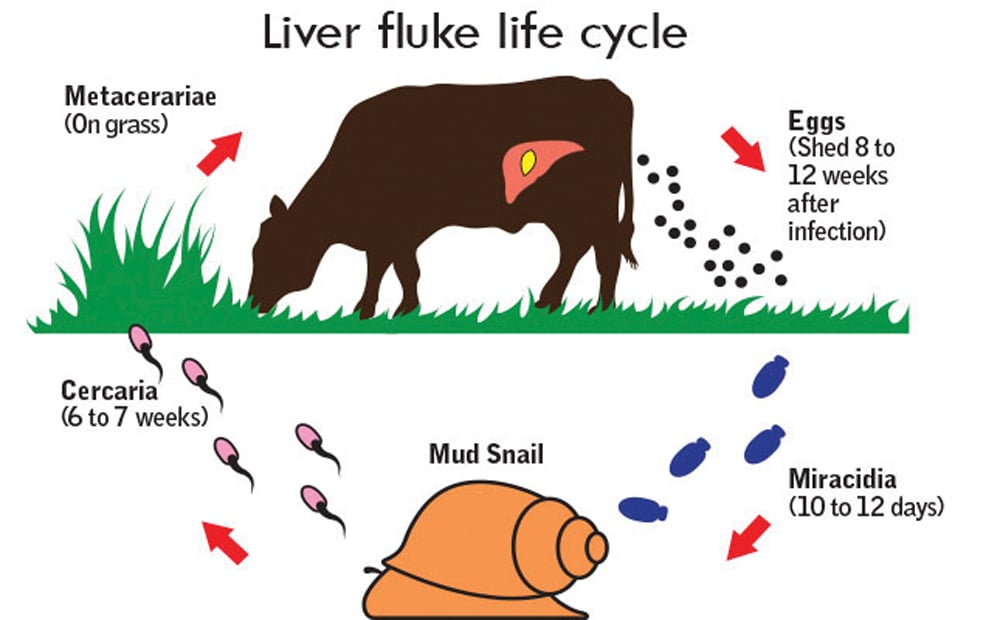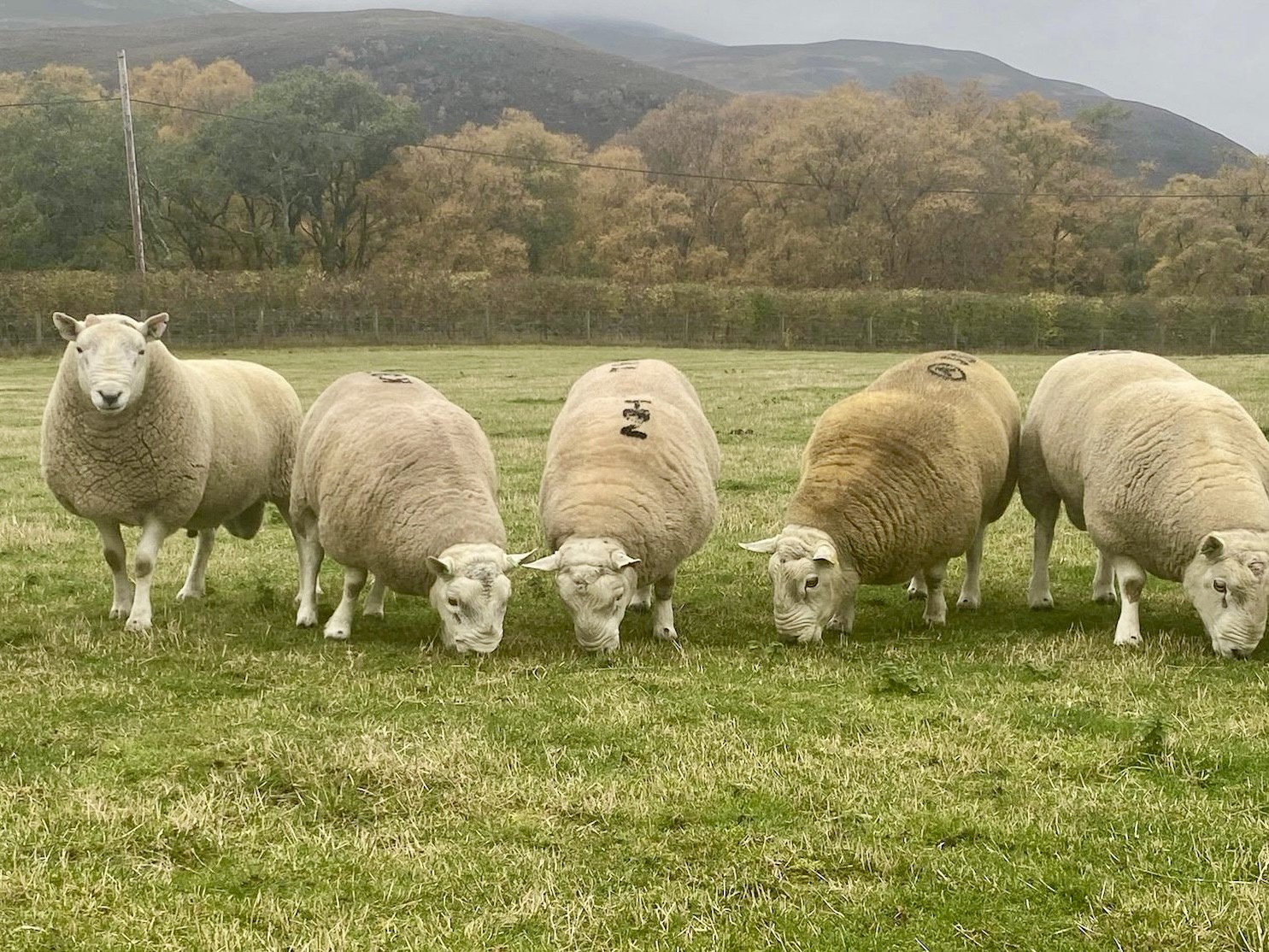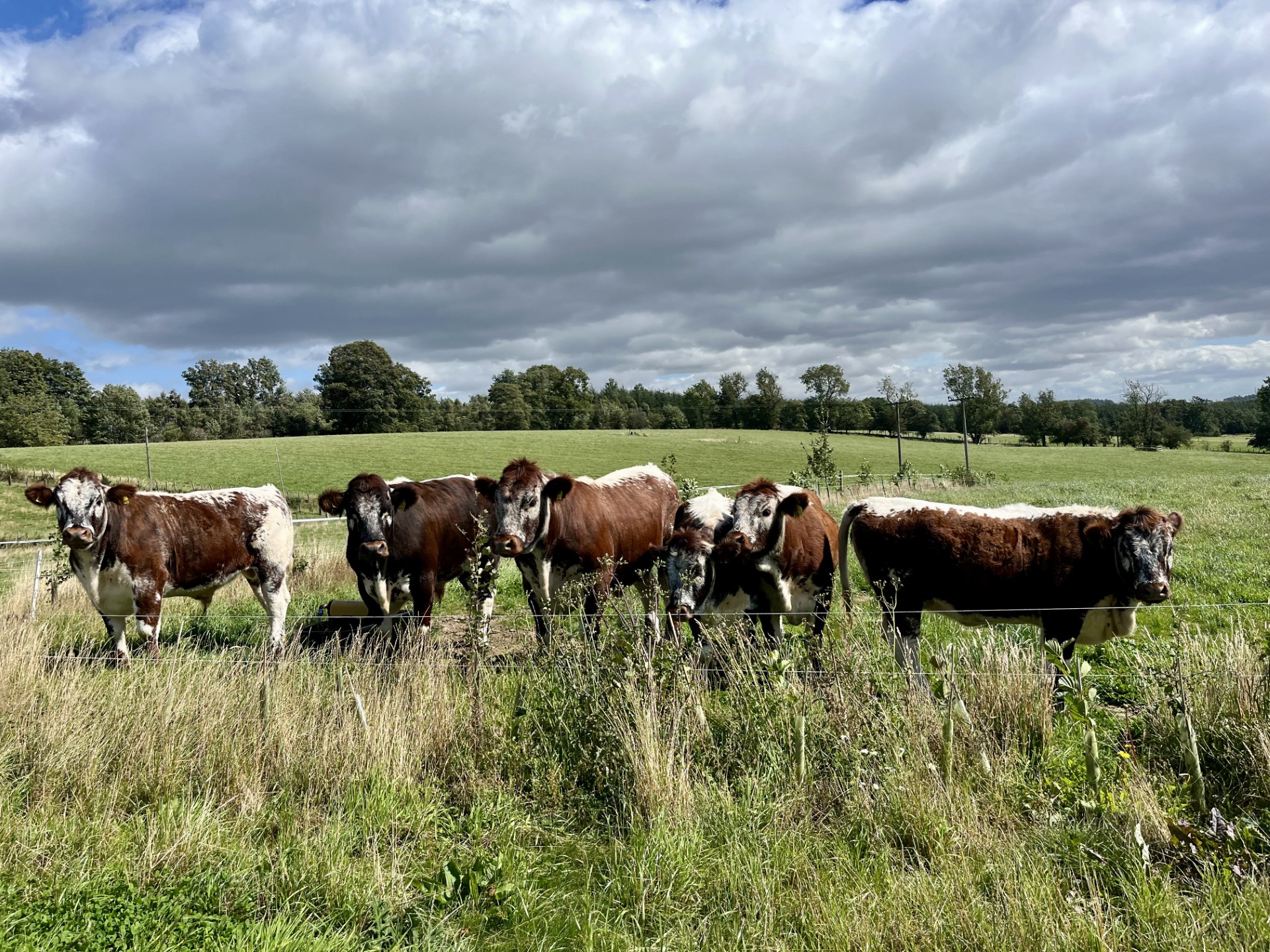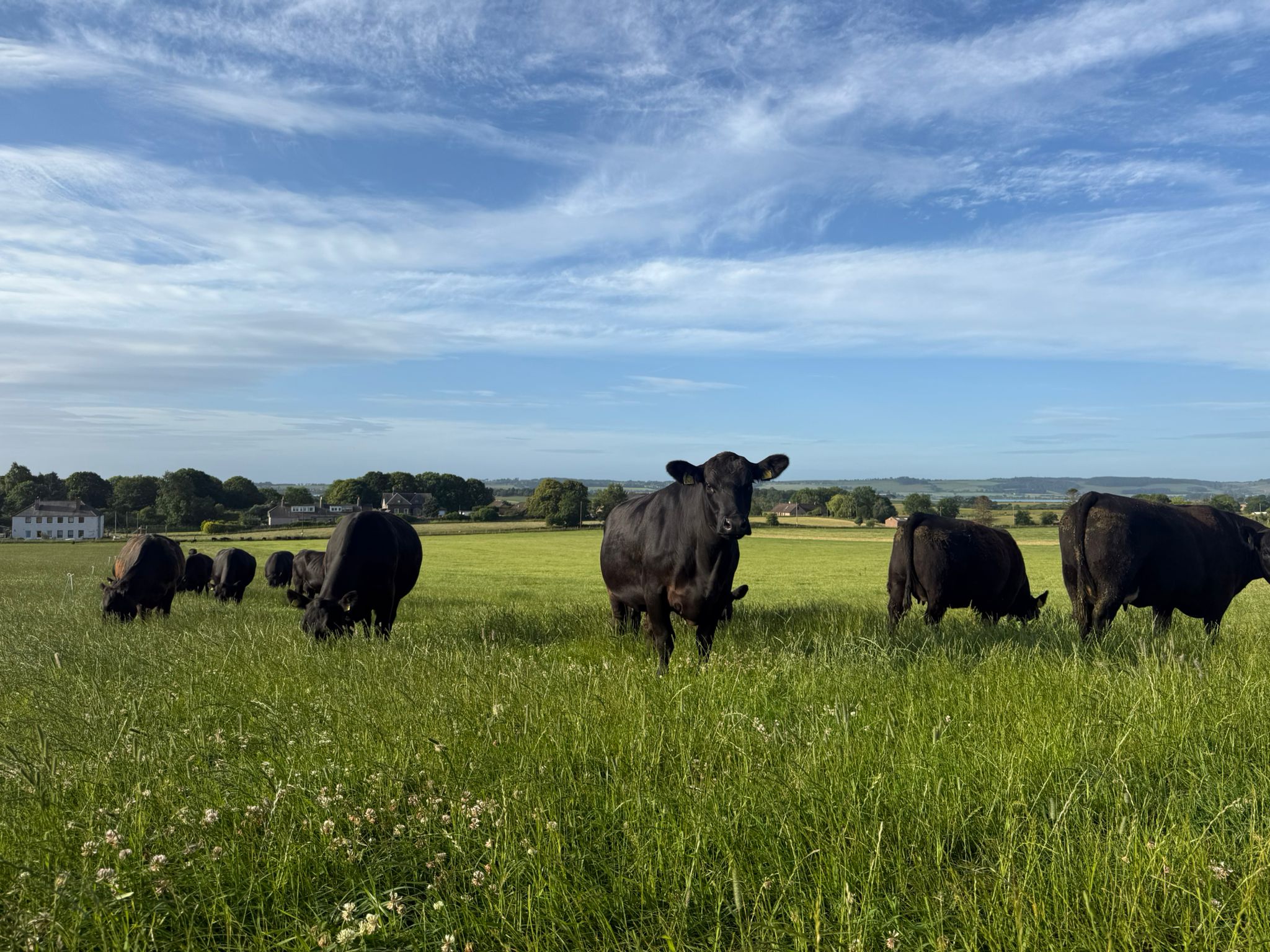Planning parasite protection for growing lambs this summer
At long last spring seems to have arrived and the weather is turning warmer. With it the grass is finally growing but also the risk to lambs from various parasites is increasing rapidly. In this blog article vet Ed discusses a sustainable approach to controlling these pests whilst maximising the health and growth of this years crop of lambs.
Coccidiosis
For some the first parasitic problem that might be encountered is coccidiosis. “Cocci” is caused by a tiny parasite that lives in the cells of the intestine and causes major damage to the gut lining as it replicates. Cocci typically affects lambs 3 weeks to 3 months of age and will cause acute bloody, dark diarrhoea and death in severe cases but will also cause chronic, subclinical disease where growth rates are depressed and lambs appear ill thriven.
At risk lambs should be treated with anti-coccidial medication. The timing of treatment is crucial as lambs need to be exposed prior to treatment in order to generate their own immunity and varies depending on the product used. Diclazuril based products (Vecoxan, Dycoxan etc) should be give 10-14 days after turn-out to high risk pastures. Toltrazuril (Tolracol, Baycox etc) should be given 1 week prior to expected risk. In feed medication can be used but tend not to be advised as they supress infection to the point that lambs cannot develop their own natural immunity.
Nematodirus
Nematodirus is a worm that affects the stomach of lambs. Nematodirus is a very clever worm in that it will over-winter on pasture before hatching out in a synchronous fashion when climatic conditions are just right. This tends to coincide with when lambs are taking on more grass at 6 weeks of age or so. For us in the north east of Scotland this happens somewhere between mid-May and mid-June.
Treatment of choice remains a “white” wormer in the benzimidazole class and timing of treatment should be done to hit this peak risk. The SCOPS nematodirus forecast is a fantastic resource to help us understand when peak risk is and can be found at www.scops.org.uk/forecasts/nematodirus-forecast/
Gut worms
From mid-summer onwards the main risk to lambs will be a range of gut worms including Teladorsagia and Trichostrongylus species. These typically cause appetite suppression, poor weight gain and diarrhoea. Wormer resistance is widespread and in our area still very under diagnosed – the effects of resistance may not be noticeable to the naked eye until the problem is severe but all the while the fact the drugs are not working will be having an impact on the growth rates of the lambs. It is highly advisable to take a post treatment worm egg count to check the efficacy of treatment; this should be done 7 days following a “yellow” wormer treatment, and 14 days following treatment with “white” or “clear” wormers.
There’s also a few other really simple things we can be doing to preserve the efficacy of the drugs such as only using them when required based on a worm egg count result, leaving 10-20% of the group untreated and making sure our dosing guns are properly calibrated prior to use.
Fly strike
Over the past few years blowfly strike has become an increasing problem as climate patterns tend towards warm and wet summers. Fly strike can lead to deaths and reduced growth rates in lambs. The first part of control is to consider all the above issues which will lead to diarrhoea and therefore attract the flies.
Ultimately, some chemical control is also likely to be required. The product of choice will depend on a number of factors; how long do we need cover for, do we need to worry about ticks or scab, and withdrawal periods etc. As such, this can be very farm specific and should be discussed with one of us. Of note is to say that every year we investigate cases of treatment failure and often find that the problem has been that the product has not been applied in the correct fashion or with the correct application gun, so please take care to follow the instructions carefully when applying pour on products.
Ed Hill BVMS CertAVP (Sheep) MRCVS






